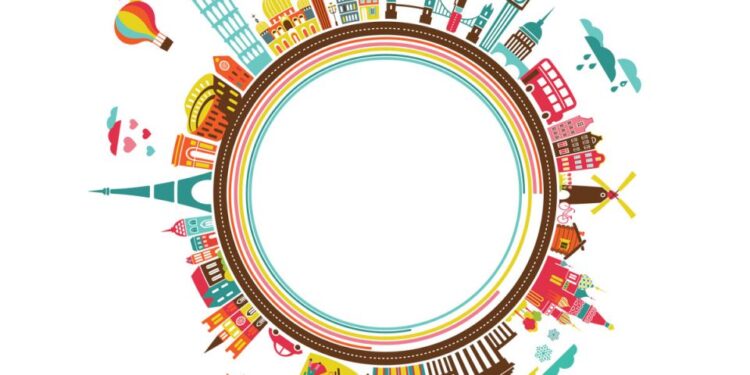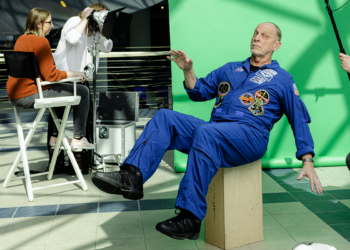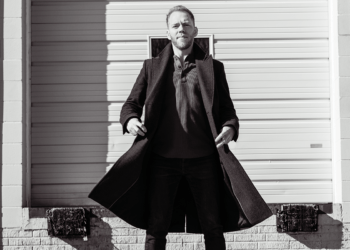With the post-millennial rise of ride-hailing companies Uber and Lyft, a generation weaned on digital technology could suddenly tap a smartphone app, summon a private car driven by the owner, and pay for the fare electronically. Easy peasy.
Uber and Lyft can thank their younger demographics for pushing revenue into the billions of dollars.
But guess what? Both transportation companies have figured out that profitable fruit doesn’t only come from young trees. The push to make ride-hailing easier for retired Americans looms on the horizon, and that horizon can’t come into focus soon enough.
“Transportation has always been one of our greatest challenges,” says Erin Endress, director of sales and marketing at Remington Heights, a retirement community in Omaha. “We have vans, but getting residents to and from medical appointments takes priority, which it should. That leaves little opportunity for trips just for fun. We could definitely use a transportation alternative, as long as it’s safe.”
And for those who still live at home but whose eyesight or reflexes may not be the best?
“Personally, I think Uber and Lyft are going to make a huge difference for folks as they stop driving or don’t drive as much, or as far, on their own,” says Cynthia Brammeier, administrator of the Nebraska State Unit on Aging. “I’m looking forward to getting to that point. It’s awesome!” she exclaims, having personally experienced the buzz surrounding Uber while visiting another state.
Nebraska came late to the party, approving Uber and Lyft operations in July 2015, which may explain a lack of awareness among Omahans in general.
The necessity of a smartphone to summon a ride excludes many seniors from ride-hailing apps. According to the Pew Research Center, 70 percent of those 65 and older don’t own a smartphone, instead preferring cheaper, old-fashioned flip phones with limited data capabilities.
One segment of the senior population did benefit immediately from having the transportation alternatives in Omaha: drivers.
“I’ve been with Lyft for over a year. It’s my only job now, “ says Dave*, 68, who prefers to remain anonymous. Working about four hours a night, the Dundee resident brings home “between $400 and $500 a week working the entertainment district and trips to the airport. But that’s not counting my car payment, gas, and insurance.”
The insurance question explains why Dave doesn’t want to be identified. Both Uber and Lyft have up to $1 million in liability coverage. But if a driver gets into an accident on the way to pick up a passenger, how much his or her personal insurance carrier will pay out becomes murky, since the driver uses the car for profit.
The advantages of ride-hailing services, previously called ridesharing, seem pretty clear.
“We’re half the cost of a cab,” Dave says. “We pick up passengers within five to 10 minutes. The cars are newer, clean, and have to be four-door. No cash exchanges hands, unless the passenger tips me in cash.”
The advantages for Dave include setting his own work schedule, meeting “wonderful people,” and showing off his hometown to visitors. “I love Omaha and I consider myself an ambassador for this city,” he says. “Nearly all my passengers say how friendly we are here.”
But why would someone in their 80s summon a stranger to their home to pick them up?
“[The companies] check us out pretty good,” Dave assures. Both Uber and Lyft conduct extensive background, criminal, and DMV checks. Lyft sent an employee to inspect Dave’s Toyota. “Believe me, we’re safe.”
The opportunity for seniors without smartphones to utilize Uber or Lyft as passengers depends greatly on a “no app required” platform. One such service recently appeared on a list of transportation options compiled by the Eastern Nebraska Office on Aging.
“It’s called GoGoGrandparent,” says Taylor Armstrong of the ENOA. “We’re told you don’t have to use a smartphone. People just call a number.”
The brainchild of a California man whose grandmother couldn’t tool around San Diego anymore, GoGoGrandparent uses a toll-free hotline to connect seniors with an operator, who then summons an Uber car for them.
“We’re not recommending this service over all the other transportation options ENOA offers,” cautions Jeff Reinhardt of the public affairs division. “We haven’t gotten any feedback yet on GoGoGrandparent.”
Lyft’s contribution to creating easier access involves senior-friendly Jitterbug cell phones and smartphones. When paired with a 24/7 health care provider, a registered user simply dials “0” on the Jitterbug phone and books a ride through the operator. This pilot program has yet to find its way to Omaha.
“We’re going to be top-heavy in seniors in the next 10 to 20 years,” Endress says. “There’s a huge need for entrepreneurs who want to make a difference in someone’s life.”
As evidenced by the rapidly changing technology that grants the gift of mobility, the difference-makers have arrived.
gogograndparent.com for more information.
* Dave is not the driver’s real name.

This article was printed in the March/April 2017 edition of 60 Plus.











![[L to R] Daisy Hutzell-Rodman, Julius Fredrick, Kim Carpenter.](https://www.omahamagazine.com/wp-content/uploads/sites/2/2024/04/BTL-350x250.png)

